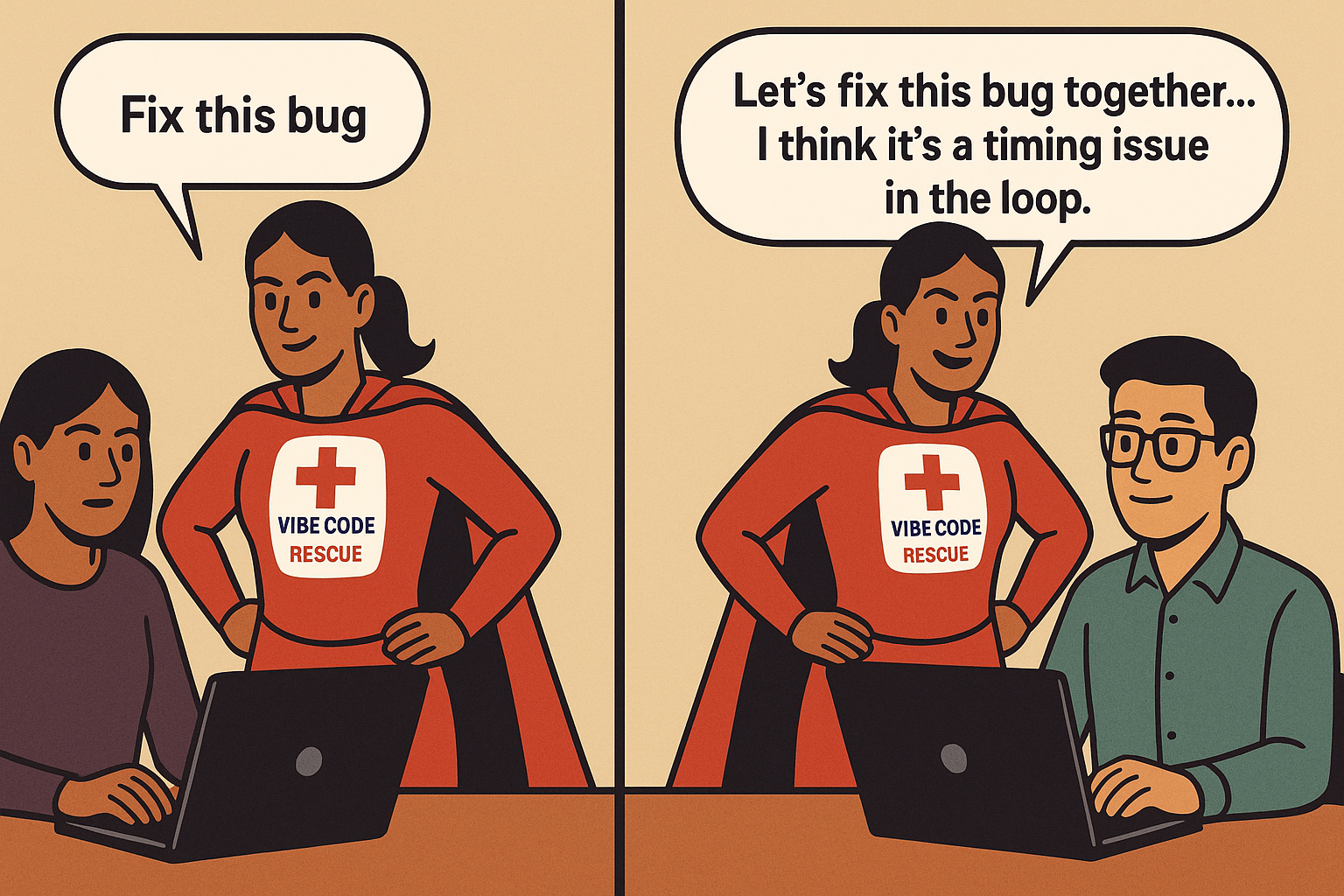You don’t need to be polite to a robot… right?
If you’ve ever typed a prompt like “Can you help me write a quick function, please?”, you’re not alone. Many users—especially those new to AI—default to natural human politeness when interacting with tools like ChatGPT, Claude, or Cursor. Others go the opposite route and use terse, command-like prompts. Which is better?
You might’ve even seen Sam Altman joke that saying “please” is costing OpenAI a fortune. But don’t worry: you’re not bankrupting anyone with good manners. The bigger question is this—
Does how you phrase your prompt actually affect how the AI responds?
Let’s unpack that.
Politeness ≠ Better Results. Clarity Does.
From a technical standpoint, saying “please” or “thanks” doesn’t change the quality of the response. Language models don’t understand politeness—they process patterns and structure.
What does matter?
✅ Clear goals
✅ Well-defined structure
✅ Context and constraints
The AI doesn't care if you're polite. But it does care if your request is ambiguous.
But Here’s Where Tone Does Make a Difference
While politeness doesn’t improve the accuracy of the response, it can shape the style and tone of what you get back.
Here’s an example:
“Write a Laravel function that removes duplicate transactions from a user’s account history.”
(Direct prompt)
vs.
“OK, let’s write a Laravel function together. I’m trying to remove duplicate transactions from a user’s account history. Please include comments so I can follow what’s happening.”
(Conversational prompt)
The second version often triggers:
- More detailed comments
- A slightly more educational tone
- A structure that assumes you want to learn or collaborate
It’s not “better” per se—but it might be better for you, depending on your goals.
The Two Prompt Styles: Choose Based on Your Intent
At Vibe Code Rescue, we coach founders and devs on how to interact with AI productively. Here’s how we break it down:
Prompt Style | Best For | Response Style
--------------------------------------------------------------------------------------------------------------------------
Direct: "Write a component that does..." | * Production-ready code | - Fast, focused, no fluff
| * Quick Iterations |
| |
Conversational: "Let's build a component that..." | * Learning | - Collaborative, thorough, explanatory
| * Collaborating with AI |
| * Exploratory prompts |Does “Please” Cost Money?
Technically? Yes—but it’s negligible for you.
Every word in your prompt becomes part of a “token” stream. More tokens = higher processing cost. But adding “please” is like adding a single word to an email—nothing to worry about unless you're prompting at industrial scale.
So no, you don’t need to stress about your politeness budget.
What Actually Moves the Needle: Good Prompting Habits
Whether you're trying to get better code, better queries, or better insights, here's what actually improves your results:
- 🎯 Be specific: “Laravel 11, PHP 8.3, no external packages.”
- 🧱 Use structure: bullet points, numbered steps, code blocks (```php)
- 🧠 Explain what you’re trying to do, not just what you want.
- 📌 Include constraints: “No recursion,” “Keep runtime under 1s,” etc.
- 🔁 Iterate: One-and-done prompts rarely get optimal results. Keep refining.
Final Word: Be Clear, Not Cute
At Vibe Code Rescue, we love helping teams go from AI-generated chaos to production-ready software. And one of the most common things we fix is prompt confusion. People assume they’re being clear, but they’re not.
So here’s our guidance:
Be friendly if you want. But if you want great results, be clear, be specific, and treat your prompt like an API request. What goes in determines what comes out.
Want to learn how to get better output from AI tools—whether you’re writing code, building SaaS apps, or just trying to stay sane while vibe-coding? Let’s talk.




